“Latin America,” recalls Uruguayan physician Cristina Grela (now 77) – who founded the regional office of Catholics for Choice in Montevideo in 1987 – had a “high number of deaths caused by clandestine abortions”, and action was necessary to stem this.
This is why Grela’s group and the Argentine Commission for the Right to Abortion, founded in 1988 and led by the late lawyer Dora Coledesky, proposed the EFLAC workshop whose declaration established 28 September as an abortion rights day.
Inspiration from Brazil
Argentinian gynaecologist Alicia Cacopardo (now 85), recalls that “Brazilians proposed 28 Sepember” as the day for abortion rights protests, for symbolic reasons.
On that day in 1871, Brazil had adopted the so-called ‘free womb law’ granting freedom to children born from slaves. “For us, freedom of wombs was free abortion,” says Grela.
Several activists who were at the San Bernardo event recalled listening intently to their colleagues from Brazil, including about the potential of misoprostol for safe abortions.
Brazilian pharmacists and women had discovered in the 1980s that a side effect of misoprostol, sold as Cytotec, was uterine contractions. Knowledge of this spread by word of mouth, and the drug became an essential item for abortion solidarity networks.
“It was very important that we came to know about misoprostol. We knew nothing about it,” says Argentinian epidemiologist Mabel Bianco, now aged 80 but still focused on sexual and reproductive rights at the Fundación para Estudio e Investigación de la Mujer.
In 2005, the World Health Organization included misoprostol in its list of “essential medicines”. But it is still hard for many women in Latin America (and elsewhere) to access, despite a growing number of countries liberalising their abortion laws.
Green scarves
In 2012, Uruguay became the first country in South America to legalise abortion within the first 12 weeks of pregnancy. In 2017, Chile lifted its total ban on abortion to allow terminations in cases of rape, severe foetal anomalies and to save the woman’s life.
Argentina’s recent legal abortion bill, approved at the end of 2020, added momentum to abortion rights activism across the region. Green scarves – the symbol of the country’s pro-abortion movement – have since spread beyond its borders.
They appeared in Ecuador earlier this year, when the constitutional court legalised abortion in cases of rape, after a long battle by feminist groups.
More recently, they were also visible in Mexico, where Veracruz and Hidalgo became the country’s third and fourth states to remove abortion restrictions. The Mexican supreme court has now declared that penalising women for abortions is unconsitutional.

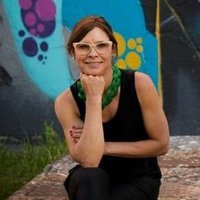

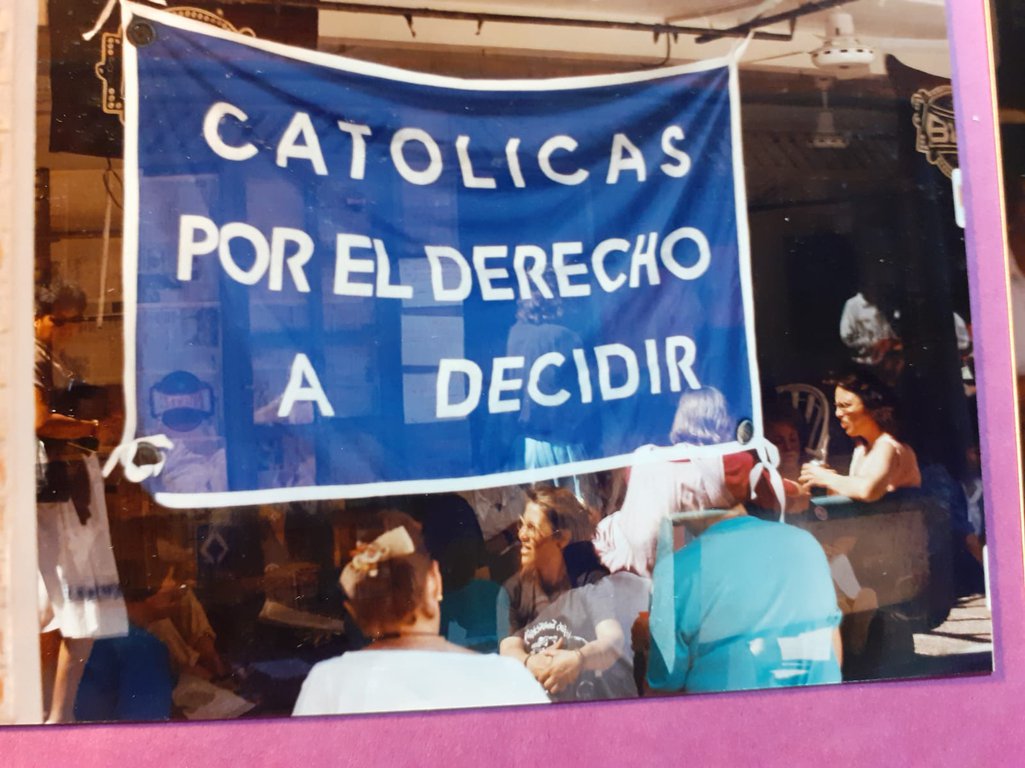

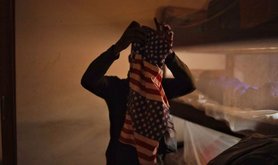
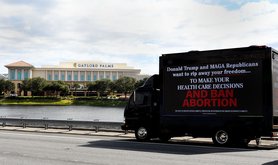
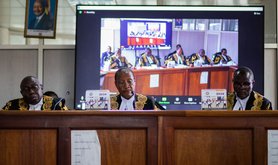

Comments
We encourage anyone to comment, please consult the oD commenting guidelines if you have any questions.